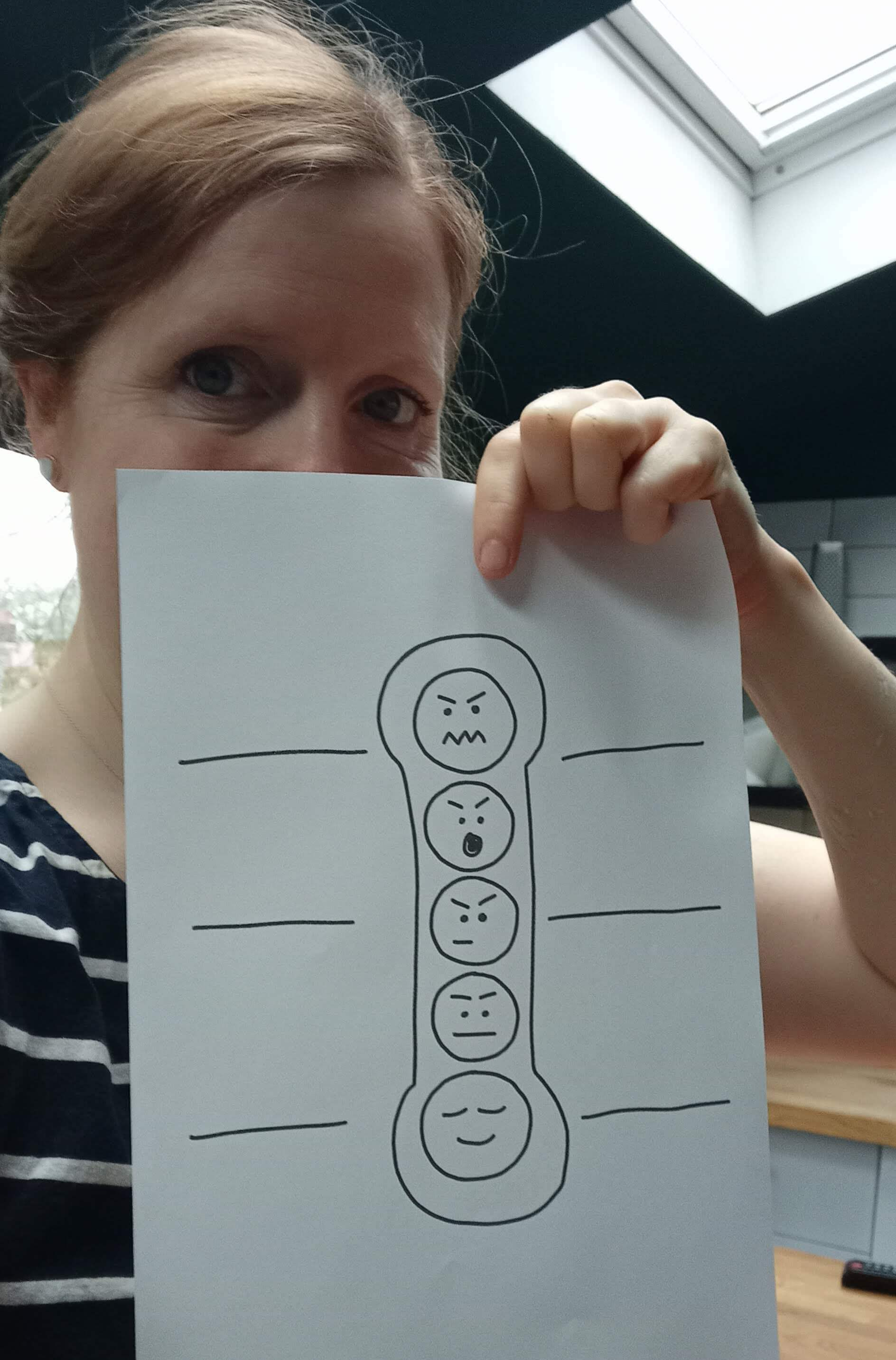Your basket is currently empty!
The avoiding angry outbursts parenting work-shop, is designed to help you learn how to help the child. Behind anger is often a mixture of negative emotions and self-beliefs. This can led to a child feeling angry and display as an angry outburst.
Day 1 of the workshop is to help you start talking to the child about what makes them feel angry. The task below needs to be completed with the child, it will take just 10-15 mins.
To complete the full workshops see link:
Lets Talk Anger!
Simple way to explain anger to the child!
When you feel angry. It could be because lots of things have happened that day, maybe at school. That made you feel scared, frustrated and sad. All these feelings can bottle up and come out as anger and shouting. Lets do the tasks together to talk about what makes you feel angry.
Task 1
Start by finding out what makes the child feel angry. By completing the angry triggers activity worksheet, with the child. To do this print or the work-sheet below. Then follow the instructions below:

Child Role
- Write on the worksheet what makes you feel angry.
- If you struggle with writing, ask your grown-up to help.
- Can you draw an arrow to the angry face, that shows how angry each thing makes you feel?
Adult Role
- Use this activity to start talking about anger with the child.
- If the child is struggling to think of angry triggers. Use the ideas on the “Angry Triggers” card.
- For practical advice about how to stop anger bottling-up. Complete the next activities.
Example of completed sheet
%20(1).jpg)
The angry triggers chart can be repeated every few weeks. To help you understand how your child’s anger has changed.
.jpg)
Dyslexic Mum Diary
I waited until the afternoon to do the 1st activity with my little girl. We made cakes in the morning, had lunch and an hour of TV.
So I knew she was rested, fed and had done something fun.
To start I got out the angry triggers worksheet and asked her to colour it in. She enjoyed choosing a colour for each face, talking about their expressions and mood.
Then I asked her to write things that made her feel angry.
Guess what, one of them was mummy!!!
After trying not to get offended. I asked her why mummy?
She said “because you always tell me what to do and shout”.
I said “what would you like me to do?”.
She said “speak rather than shout”.
I said “I am sorry that I sometimes shout and will try harder not too. Instead will try to say instructions in a calmer voice”.
My little girl then wrote more angry triggers, such as, children at school laughing at her in the canteen. When she got stuck for ideas we looked at the “Angry Triggers” card for examples.
Later in the week we will be doing activities to talk more about things that are up-setting her and how to deal with them. So for now that was enough and we moved on.
Yet she was on a roll and wanted to do more. So we continued looking at simple 3 letter words, using the “Rocky Foundations” card. To see which ones she would read, write and spell. It was good to see which ones she knew and which ones we needed to practise more
.jpg)
.jpg)
To get the most out of the parenting course, the Dyslexic Mum “Mooki Cards” are available to purchase. They start at just £10 for a digital copy, physical copies are available too. The card can be used to do the activities with your child. Dyslexic Mum, is a non-profit community group.
Designed to help dyslexic children, “Mooki Cards“. Complete with 56 cards and storage wallet. Perfect for using at home or in the classroom. Order your “Mooki Cards” here!
